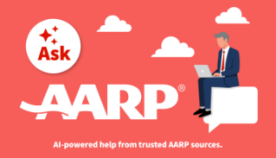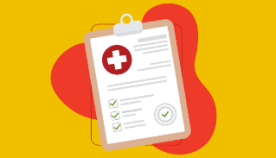AARP Hearing Center
Ticket to Work is a Social Security-led employment program designed to reduce or end the reliance on benefit payments for people with disabilities.
Ticket to Work offers training, career counseling, job referrals and other services to help people with disabilities enter or return to the workforce and become more financially independent. It is open to most people ages 18 to 64 who are receiving Social Security Disability Insurance (SSDI) or Supplemental Security Income (SSI).
Participation is voluntary and free. In conjunction with other Social Security work incentives, you can continue receiving disability benefits and the health care coverage that comes with them (Medicare for SSDI recipients, Medicaid for those on SSI) while transitioning into stable employment.
Public and private workforce-development organizations that partner with the Social Security Administration (SSA) provide Ticket to Work services and supports. The program has two main types of providers:
- Employment Networks (EN): Employers, nonprofit organizations, government agencies or combinations of these that deliver or coordinate services for Ticket to Work participants, including training, career advice, job placement and workplace support.
- Vocational Rehabilitation agencies (VR): State-level agencies that provide education, skills training, workplace accommodation and other aid for people who need more significant services to make it possible for them to work. Beneficiaries who complete a VR program may shift to an EN to get continued support.
About 1.7 million people have been through the program since its launch in 2002, according to the SSA.


































































More on Social Security
What's the difference between SSDI and SSI?
Can You Get Social Security Retirement Benefits and SSDI?
Will my disability benefit go up if my disability gets worse?